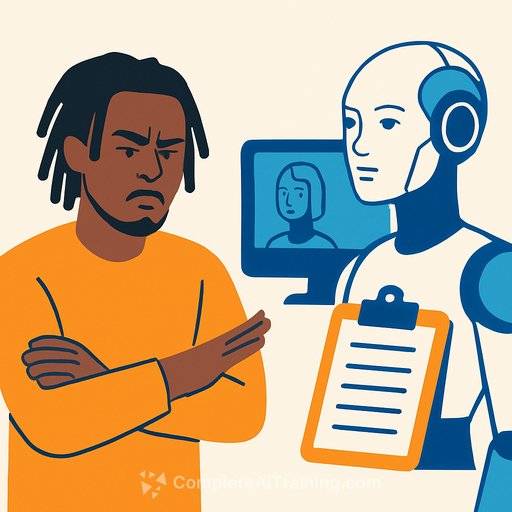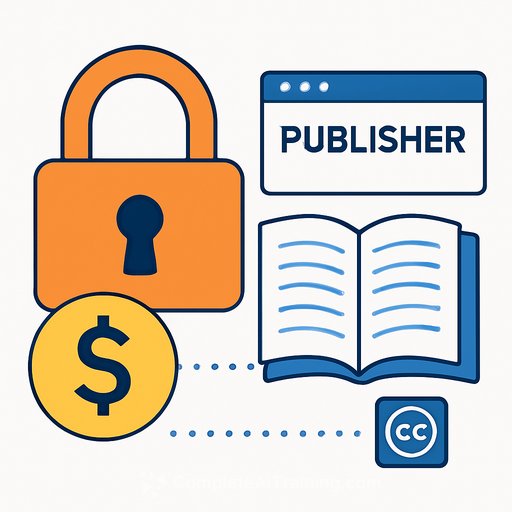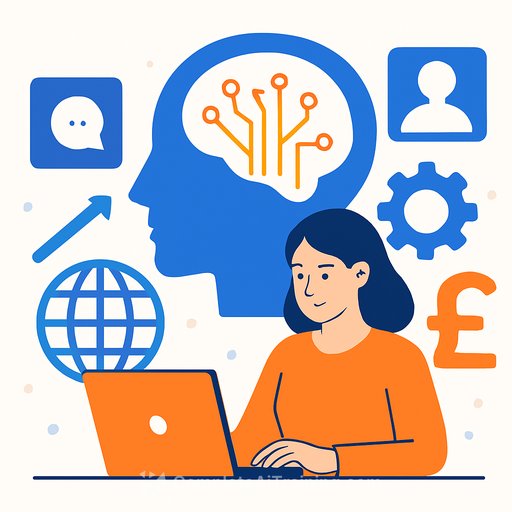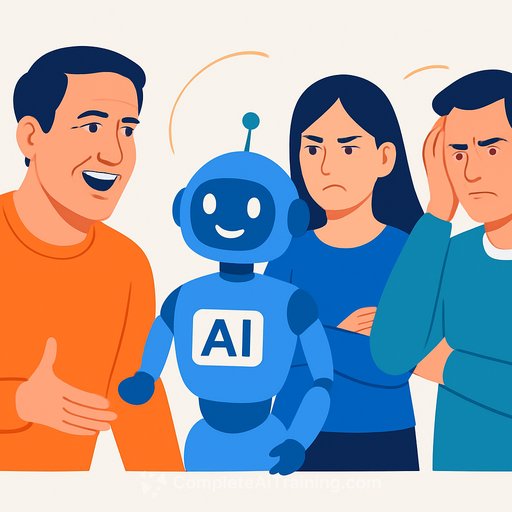Devin Di Dakta calls out AI artist signings - what it means for working creatives
Dancehall artist Devin Di Dakta is challenging the move to sign virtual acts after producer Notnice introduced an AI artist named S'Riyah. His claim is simple: AI talent lets producers keep tighter control and a larger cut-no messy splits, no clashes over creative direction.
With AI, a label can dictate the lyrics, visuals, and public image with precision. Music News sought comment from Notnice but received no response. Meanwhile, S'Riyah is drawing both praise and criticism-some call it smart business, others call it a shortcut.
This isn't isolated. Internationally, Timbaland launched an AI artist, Xania Monet, who reportedly signed a multi-million dollar deal with Hallwood Media, charted, and built over 674,000 monthly listeners on Spotify. If you're a working creative, this signals a shift in how capital is allocated and who gets hired.
Why this matters to creatives
- Incentives change: AI acts reduce costs, eliminate scheduling issues, and make revisions instant. That's attractive to investors and labels.
- Control moves upstream: Producers can dictate sound, story, look, and output cadence without negotiation.
- Budgets may move: Some promo, songwriting, and visual gigs will flow to teams building synthetic acts or hybrid workflows.
- Audience taste will split: Some fans care about outcome only; others care about the human behind it. Both markets will exist.
Protect your value: contracts, rights, and data
- Voice and likeness clauses: Ban model training on your vocals, face, or stems without explicit written approval and separate fees.
- Credit and disclosure: Require clear credits when AI tools or models derived from your work are used.
- Revenue definitions: Specify splits for AI-assisted tracks, remixes, and derivative content. Close loopholes around "tools" vs "collaborators."
- Data handling: Define what happens to your raw files, sessions, and takes. No silent dataset uploads.
- Moral rights and takedowns: Secure the right to remove releases that misrepresent your brand or message.
How to compete and stay paid
- Own what AI can't: Live shows, improvised moments, community, and the story only you can tell.
- Sell the human experience: Behind-the-scenes, process streams, intimate drops, and limited releases tied to real events.
- Go hybrid: Use AI for drafts, stems, edits, and visuals to speed up output-keep the core taste and direction human.
- Offer creative direction: Brands and labels still need taste, curation, and narrative. Package that as a service.
- License with intent: Write licenses that allow use but block model training and unauthorized cloning.
- Community first: Build direct fan channels (email, SMS, private groups) so no platform or label can throttle your reach.
Questions to ask before working with virtual acts
- Who owns the model, the weights, and the datasets? How were they sourced?
- What are the revenue splits for songs, merch, sync, and creator payouts tied to AI content?
- Is there clear disclosure to fans about AI use?
- What's the plan for live format, fan meetups, and authenticity cues?
- How are takedowns handled if the AI output damages reputations or violates rights?
Context you can use
Monthly listener counts can grow quickly for virtual acts because output is fast and consistent. For clarity on what "monthly listeners" means, see Spotify's definition here.
If you want structured, practical training on AI tools for creative work and business strategy, explore curated courses by job here.
Bottom line
AI artists are here. Some producers will chase control and scale; some creatives will double down on craft, story, and community. The ones who set clear rights, learn the tools, and deliver experiences people care about will keep winning-with or without virtual competitors.
Your membership also unlocks:






